It was not supposed to happen like this.
Having served as the able deputy to three-time champion Alain Prost as he strolled to a fourth crown in 1993, Damon Hill was handed an even more daunting task for '94: Ayrton Senna.
Finally, the great Brazilian was going to get his hands on the all-conquering Williams equipment and, even with all of the electronic driver aids banned for 1994, he was still the overwhelming favourite to join old nemesis Prost in the four-time club.
Only, in a macabre way, F1 history would repeat itself and thrust a Hill into leading a shattered team after the death of an all-time great.
26 years before Senna would be killed at Imola, Damon's father Graham was tasked with leading the broken Lotus team after the death of Jim Clark in an F2 race at Hockenheim. Graham Hill rose to the challenge and secured the 1968 drivers' title for a shattered Colin Chapman.
Two-and-a-half decades later, Damon would also find himself heading to the season-finale in with a fair chance of delivering for the devastated Frank Williams and Patrick Head.
Hill gave a valiant pursuit of his rival, one Michael Schumacher - who, not for the first time, opted for dubious tactics in a title showdown. And this time for Schumacher, it worked.
The article continues below.
After Hill's stunning victory in the horrendous conditions at the Japanese GP, he was just one point behind Schumacher heading to the Adelaide finale, with 92 points playing 91.
It was simple: whichever of the two finished ahead would be world champion, and for Schumacher, it was clearer. If, for any reason, Hill failed to finish or was outside of the points, he would be the first German weltmeister. So, as Prost had done in 1989 and Senna in 1990 to each other in the Suzuka showdowns, Schumacher made sure Hill failed to finish.
During practice, Schumacher crashed heavily, but still managed to out-qualify Hill with the duo starting second and third, respectively as Nigel Mansell, drafted back in to replace Senna in a shared drive with David Coulthard, took pole.
Sensibly, Mansell realised he was a secondary character in the race, and not a main one, as he nearly dropped it off the line. But crucially, both Schumacher and Hill passed the 1992 champion as they sought to become the 1994 one.
And the chess game continued for the first 35 laps of the 81 tours of Adelaide, as Schumacher led with Hill firmly in striking distance if a mistake was made.
On Lap 36, a mistake was made.
Rounding the left-hander at Turn 5, Schumacher ran wide and clouted the concrete wall. The damage would have probably been enough for him to retire, as he began to pull off, just as Hill came around the blind corner.
He hadn't seen Schumacher's wall-strike, and Schumacher's fight-or-flight instinct kicked in as Hill dived up the inside, in a move he felt he had to make, not knowing if he'd get another opportunity.
Schumacher then cynically turned into Hill's Williams, breaking the front left-wishbone as Schumacher was tipped onto his side before coming to rest in the barriers.
Game. Set. Match. Championship. Schumacher.
The stewards briefly investigated the third drivers' championship to be decided through contact in just six seasons (see Senna and Prost above), but no further action was taken as Schumacher was crowned champion.
Williams' technical director, Patrick Head, would later say that the team did not press the matter further with the FIA as it was still reeling from the death of Senna in May.
As it happens, Mansell would win his 31st and final grand prix, and although he made two appearances for McLaren in 1995, it was the end of an era.
Mansell, Prost and Nelson Piquet had retired, and Senna was gone as the Big Four of the late 1980s and early 1990s all departed within three years.
In their place, Schumacher had established himself as the main star of Formula 1, and firmly as the new man to beat, succeeding Juan Manuel Fangio, Stirling Moss, Jim Clark, Jackie Stewart, Niki Lauda, Prost, and Senna before him.
Don't miss out on any of the Formula 1 action thanks to this handy 2026 F1 calendar that can be easily loaded into your smartphone or PC.
Download the calenderMost read
In this article
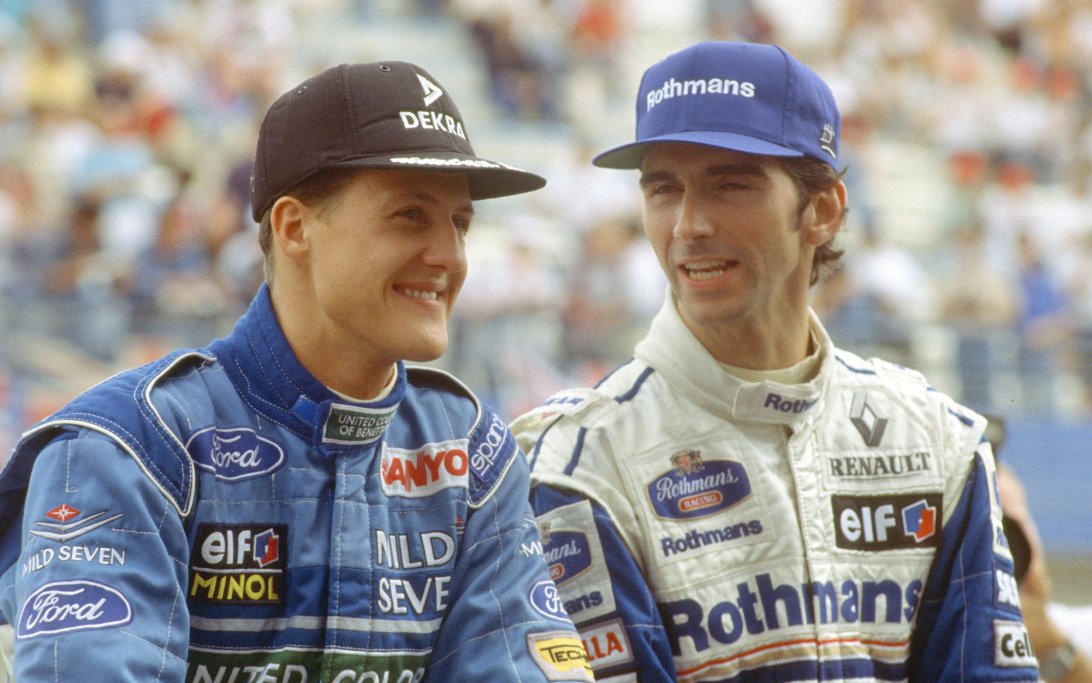
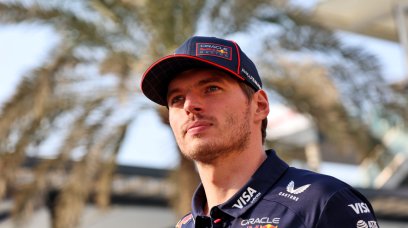
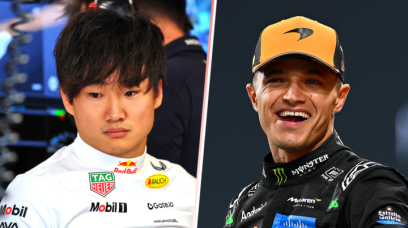
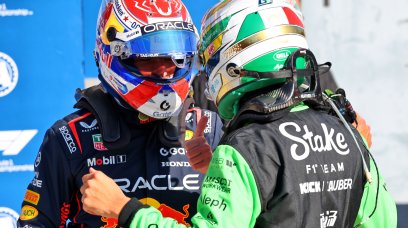
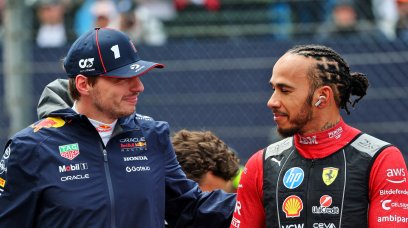
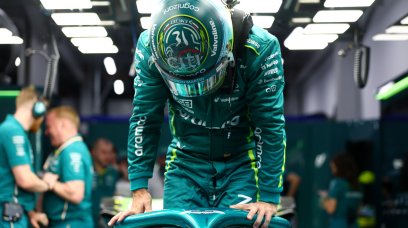

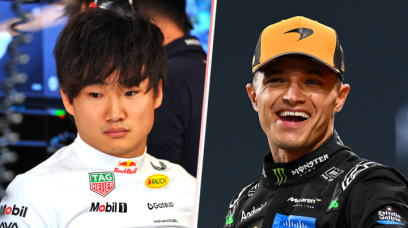
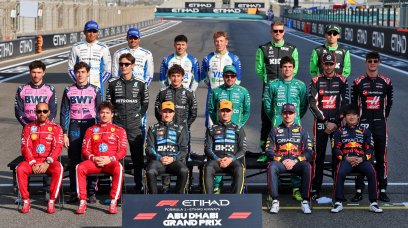
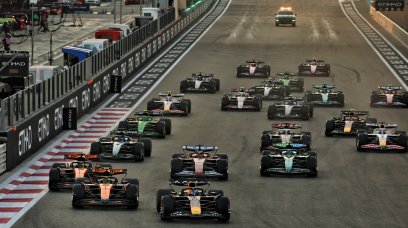
Join the conversation!